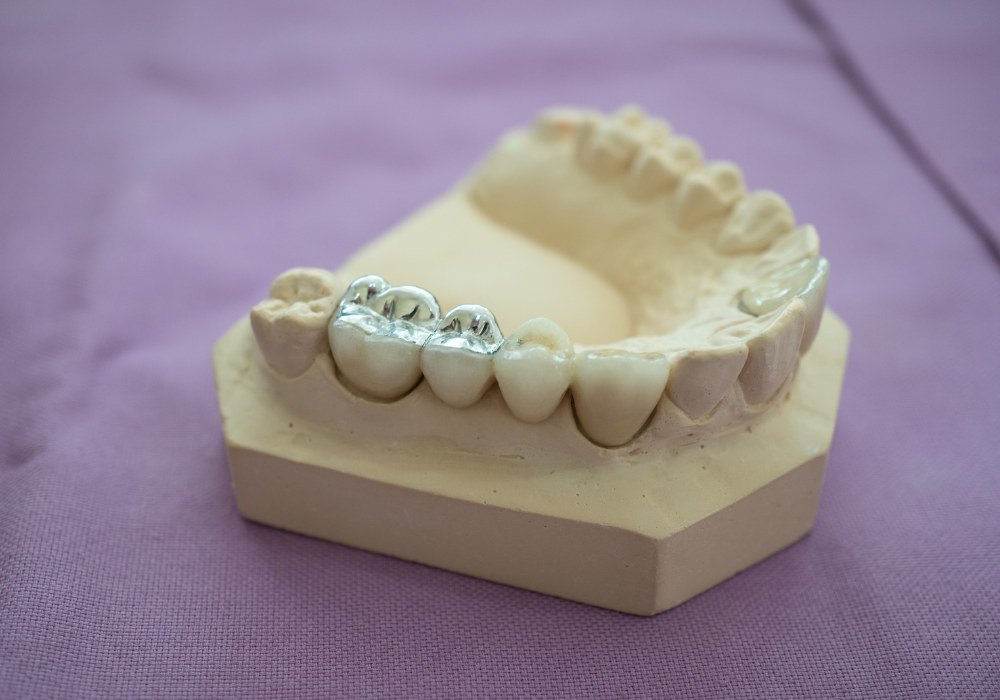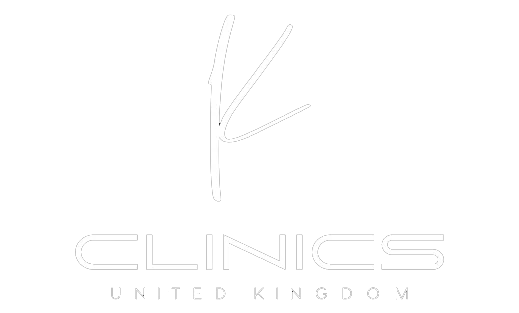Which Dental Fillings Are Best: Composite, Ceramic, or Amalgam?

Сhoosing a dental filling isn’t only about cost — it’s also about aesthetics, durability, safety and comfort. The most popular filling materials available in modern dentistry are amalgam, composite (light-cured), and ceramic (inlays/onlays).
Every one of these choices has pros and cons of its own. We’ll analyse the differences between these types of fillings, when to use each type and which one could be most appropriate for your particular situation in this article.
Composite Fillings (Light-Cured)
In contemporary dentistry, these are the most widely utilized fillings. Under a certain curing light, the substance solidifies.
Advantages:
- Aesthetic: almost undetectable and precisely matched to the color of the tooth.
- Only decomposing tissue is removed, requiring little preparation.
- Fast application: completed in a single session.
- Both front and back teeth can benefit from it.
Disadvantages:
- Has a shorter lifespan (usually 5-7 years) than ceramic or amalgam.
- Can lose shine, darken, or wear down over time.
- Highly dependent on the dentist’s skill and technique.
Recommended for:
- cavities that are small to medium in size.
- visible regions, such as contact surfaces, gum lines, and front teeth.
- For patients who value appearance.
Ceramic Fillings (Inlays/Onlays)
These are lab-made micro-prosthetics that are bonded into the tooth instead of traditional fillings. They are made using scans or digital imprints.
Advantages:
- Top aesthetics appearance: excellent enamel imitation on teeth.
- Durability: at least 10-15 years.
- Strength: able to tolerate strong chewing motions.
- Extremely resilient to deterioration, discoloration and wear.
- Biocompatible: doesn’t cause irritation or allergies.
Disadvantages:
- Costlier because of lab manufacturing.
- Requires two dental visits.
- Not the best for minor flaws.
Recommended for:
- significant flaws in premolars or molars.
- Patients seeking a long-lasting, cosmetic treatment.
- Cases where the filling replaces part of the tooth structure.
Amalgam Fillings (Metal-Based)
A classic dental material used for the last decades, composed of a mixture of silver, copper, tin and mercury but not popular nowadays.
Advantages:
- Extremely durable and robust.
- ten to twenty years of life.
- less expensive than other materials.
Disadvantages:
- Not visually appealing (black or silver-gray).
- contains mercury, which poses health risks even when it is stabilized.
- may result in dental fractures because of heat expansion.
- Requires removal of more healthy tooth tissue.
Recommended for:
- Chewing surfaces of back teeth (where appearance is less important).
- patients on a tight budget.
- emergency or temporary fillings.
Comparison of Filling Materials
Criteria | Composite | Ceramic | Amalgam |
Aesthetics | ⭐⭐⭐⭐☆ | ⭐⭐⭐⭐⭐ | ⭐☆☆☆☆ |
Strength | ⭐⭐⭐☆☆ | ⭐⭐⭐⭐⭐ | ⭐⭐⭐⭐☆ |
Lifesplan | 5–7 years | 10–15+ years | 10–20 years |
Cost | Moderate | High | Low |
Procedure Time | 1 visit | 2 visits | 1 visit |
Use | All zones | Chewing teeth | Mainly chewing zones |
Health Risks | Minimal | Minimal | Possible sensitivity |
Which Filling Is Best for You?
Composite fillings are perfect for patients who like aesthetics and quick solution, non-invasive fix. Particularly in front teeth or other prominent locations, they are ideal for small to medium cavities. They’re also a perfect choice for those who choose a cautious approach or for first-time fillings.
Ceramic inlays/onlays are the best option for people with significant back tooth problems who want a durable, long-lasting and aesthetically perfect repair. They’re especially suitable for people with high chewing loads or who want a tooth-colored restoration that resists discoloration over time.
Amalgam fillings may still be suitable for back teeth where appearance isn’t a concern. For patients with tight resources or when a prompt, long-lasting remedy is required, this is an affordable choice. However, amalgam is rapidly being replaced by newer materials because of its poor aesthetics and ongoing safety issues.
Conclusion: So which Filling Is Best? It Depends on You
In addition to clinical requirements, modern dentistry enables patients to select a filling based on lifestyle, aesthetic choices, and financial constraints. There is no one-size-fits-all answer; each material has advantages and disadvantages, and a skilled dentist may assist you in choosing the one that is ideal for your particular circumstance.
Still unsure which filling is best for you? Book a consultation at KClinics with our dental experts and we’ll assess your case and help you choose the most effective and aesthetically pleasing solution.



